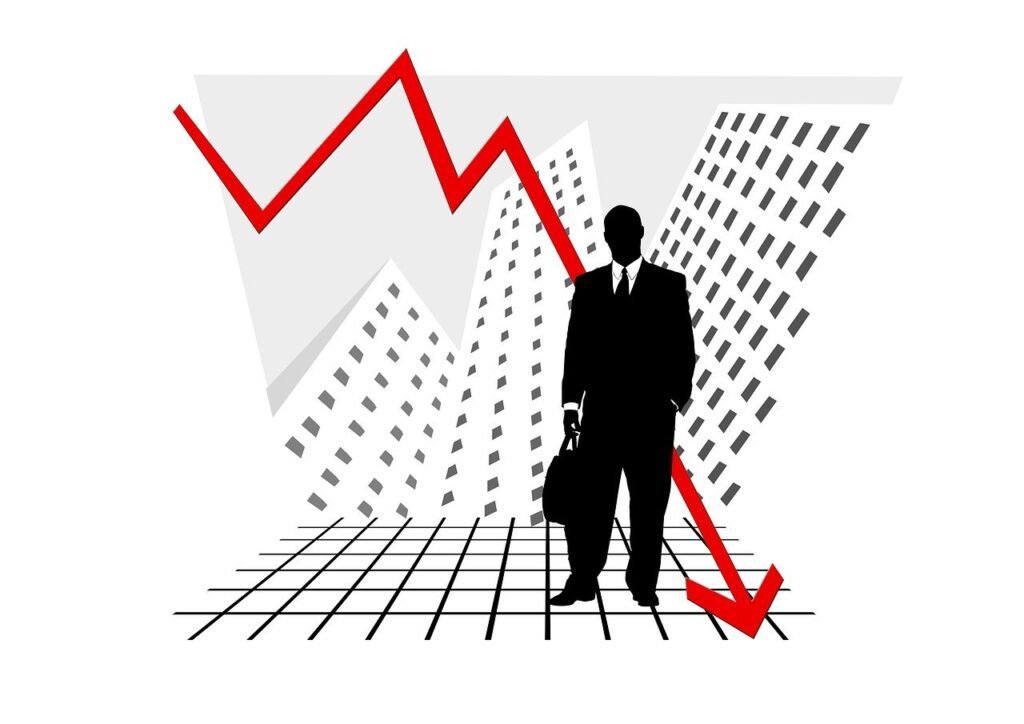The diamond market has been declining since the second half of 2022. Prices have fallen 18% from their peak in February 2022. According to one Global Rough Diamond Price Index, prices are down 6.5% year-to-date.
The growth of the lab-grown diamond industry has led to a decrease in demand for natural diamond jewelry. The wholesale prices of synthetic diamonds have also declined due to increased supply. The presence of synthetic alternatives has significantly affected the natural diamond market, especially for larger sizes and engagement rings.
The current economic downturn has also led to a decline in prices for natural diamonds of approximately 5-12%. However, some believe that this is an opportune time to consider purchasing diamonds. Diamonds have a history of steady appreciation, making them an ideal choice for those looking to preserve and grow their wealth.
Step-by-Step Guide: Investing in a Diamond Market Decline
With the diamond market experiencing a decline since the second half of 2022, it may seem counterintuitive to consider investing in diamonds. However, history has shown that diamonds have had steady appreciation over time, making them an attractive asset for wealth preservation and growth. In this step-by-step guide, we will explore how to navigate the current market conditions and make an informed decision about purchasing diamonds.
Step 1: Understanding the Market Trends
To begin, familiarize yourself with the current state of the diamond market. As mentioned, the diamond market has been declining, with prices falling 18% from their peak in February 2022. One reliable source of information is the Global Rough Diamond Price Index, which reports a year-to-date price decrease of 6.5%. This data provides a clear indication of the market’s downward trajectory.
Step 2: Analyzing the Impact of Lab-Grown Diamonds
The growth of the lab-grown diamond industry has had a significant impact on the natural diamond market. The availability of synthetic alternatives has led to a decrease in demand for natural diamond jewelry, particularly for larger sizes and engagement rings. This shift in consumer preferences has also caused a decline in wholesale prices for lab-grown diamonds due to increased supply.
Step 3: Examining the Effects of Economic Factors
It’s important to consider the broader economic situation that may be influencing the diamond market. The current economic downturn has resulted in a decline in prices for natural diamonds, ranging from 5% to 12%. However, this downturn may present an opportune time to consider purchasing diamonds, as they have historically shown appreciation even during challenging economic periods.
Step 4: Assessing the Long-Term Investment Potential
Despite the current market decline, diamonds have a history of steady appreciation over time. As a long-term investment, they have demonstrated resilience and the potential to preserve and grow wealth. Keep in mind that while short-term fluctuations may occur, diamonds can be an excellent asset for diversifying your investment portfolio.
Step 5: Consult with Diamond Experts
To make an informed decision about diamond investments, it is advisable to seek guidance from diamond experts, industry professionals, or financial advisors. They can provide valuable insights and help you navigate the complexities of the market. Their expertise will assist in selecting the right diamonds based on your investment goals, budget, and risk tolerance.
Step 6: Consider Quality and Certification
When purchasing diamonds, it is crucial to consider the quality and certification of the stones. The 4Cs (cut, clarity, color, and carat weight) are essential factors in determining a diamond’s value. Investing in certified diamonds from reputable grading laboratories ensures that you are acquiring genuine, high-quality stones.
Step 7: Make a Well-Informed Purchase
After conducting thorough market research and consulting with experts, you can proceed to make your diamond purchase. Consider your investment objectives, budget, and any specific preferences you may have. Take your time during the selection process, comparing prices and assessing the diamonds’ characteristics to ensure you make a well-informed decision.
Step 8: Safeguard and Maintain Your Investment
Once you have acquired your diamonds, it is crucial to safeguard and maintain your investment properly. Store your diamonds securely, consider obtaining insurance coverage, and have them periodically inspected and cleaned by professionals. Taking these precautionary measures will help maintain the value and longevity of your investment.
Remember, investing in diamonds should be approached with a long-term perspective and careful consideration of market trends, economic factors, and expert advice. With diligent research and appropriate precautions, diamonds can be a rewarding investment option even during a market decline.

Investing in diamonds during a market decline can be a viable option for wealth preservation and growth. First, understanding market trends is crucial, as the diamond market has been declining. The impact of lab-grown diamonds should also be analyzed, as they have affected the demand for natural diamonds. Economic factors can also influence the market, but diamonds have historically shown appreciation even during challenging economic periods. Assessing the long-term investment potential of diamonds is essential, as they have a history of steady appreciation. Consulting with diamond experts such as Evan Roberts of Diamgold Academy and considering quality and certification are important steps before making a purchase. Ultimately, taking the time to make a well-informed decision and properly safeguarding and maintaining the investment is key. With research and precautions, investing in diamonds can be rewarding, even during a market decline.